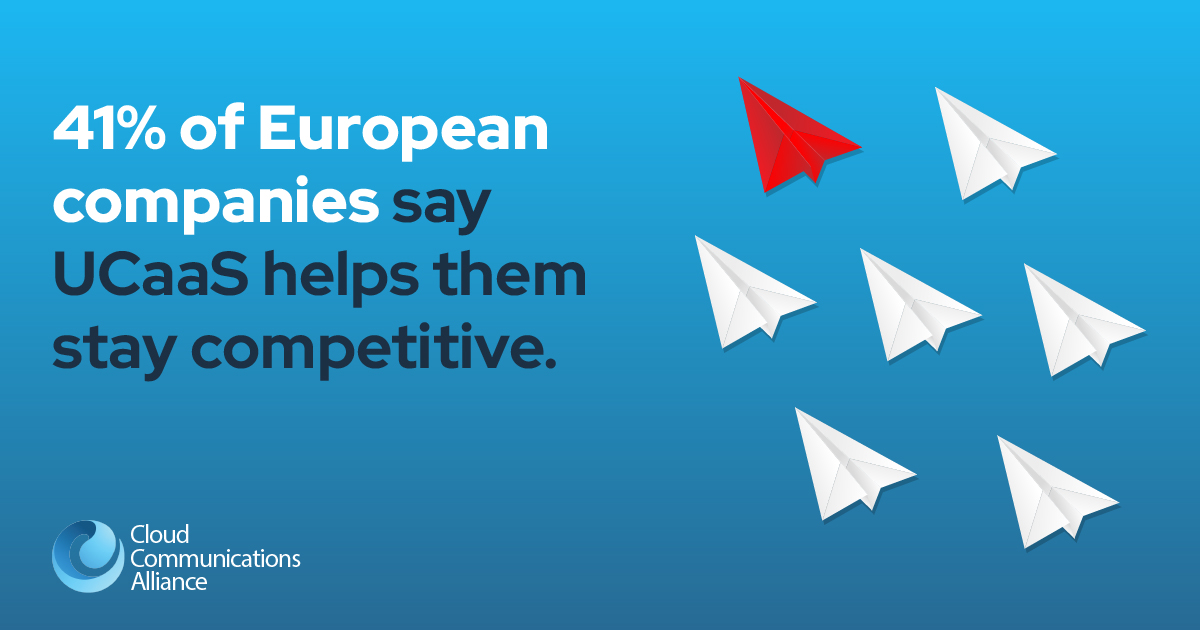Technology Has Not Invented Collaboration, but It Has Revolutionised It

The literal meaning of collaboration is “the action of working with someone to produce something” and is a fundamental element of everyday work. We constantly collaborate with colleagues, suppliers and customers, so why is collaboration currently being heralded as a new phenomenon in business?
The answer is simple: digital transformation. Technology has unleashed an incredible expansion in the ways in which we can collaborate – removing much of the need for geographic proximity and real-time availability. This is not new; email, messaging, phone conferencing, video conferencing, and face-to-face meetings have combined to facilitate ongoing work. But this change has been disjointed, faced skepticism, and has been poorly adopted thanks to a general lack of enthusiasm to change business practice. The fact of the matter is the technology collaboration revolution was in full swing in 2019, but the digital transformation of business was casually wandering behind it – until we all got sent home!
Necessity is the mother of invention, and businesses needed to invent ways of continuing to function under lockdown. Step one: Take each element of common working practices and virtualize them. The winner here was Zoom, but by virtue of inclusion in the 365 package, Microsoft Teams was definitely in the hunt. As the newly dispersed workforce began to experiment, the words of the collaboration suite vendors started to resonate. The revolution of technology-driven collaboration is on, but I would suggest we are still in the relatively early stages. Flexibility, open minds, and open ears will be needed over the coming 18 months.
Collaboration suites are tools to be used by knowledge workers, but they are also tools around which new processes can be designed. In our own business, we have seen our internal teams adopt Webex Spaces and use them to create environments of perpetual learning. There are spaces for each of the core application partners such as Cisco, Akixi, Mondago, and others through which the teams share meetings, raise questions, and interact with staff from the provider who are guest members. This highly effective combination of virtual meetings, perpetual group messaging, and a repository of related content is one strong example of how this technology can be used.
I think, however, we will see a further expansion to the use of this technology as business owners start to see its potential in the process flows of frontline workers such as help desks, sales desks, field service teams, and field care teams. Through the inclusion of a shared space to support a process which does – or could – involve multiple people or multiple departments, businesses may ensure immediate resolution of snags, streamline issue escalation to most productively used senior staff, and enhance their customer experience (CX) through the removal of frustrating delays.
With the genie out of the bottle, the only way is up for the use of collaboration, but salespeople need to think further than the comfortable simplicity of the knowledge worker requirement. The profit is in a wider business solution based on overall business productivity.
Adoption will be made easier when risk is removed, so service providers need to back these tools with automated management controls and short, 30-day commitments. Our customers are using Uboss to bring Webex, Teams, and other CX tools together to support the end customers’ exploration of choices and the establishment of their best solution. But they are also using it to start to answer the deeper operational questions that you might be asking yourself as you read this:
- How do we control the cost to connect short-contract recurring revenue products with a sub $3 per-month yield?
- How do we ensure all billing events are captured?
- How do we ensure contract rules and notice periods are charged correctly?
- How can we secure customer tenure but retain a fully flexible blend of applications?
We are always happy to discus those challenges because we know automation is at the heart of success in a fast-paced sector like this.
Written by Iain Sinnott, Sales & Marketing Director at DRD Communications - VanillaIP, Uboss and Qudo Brands


